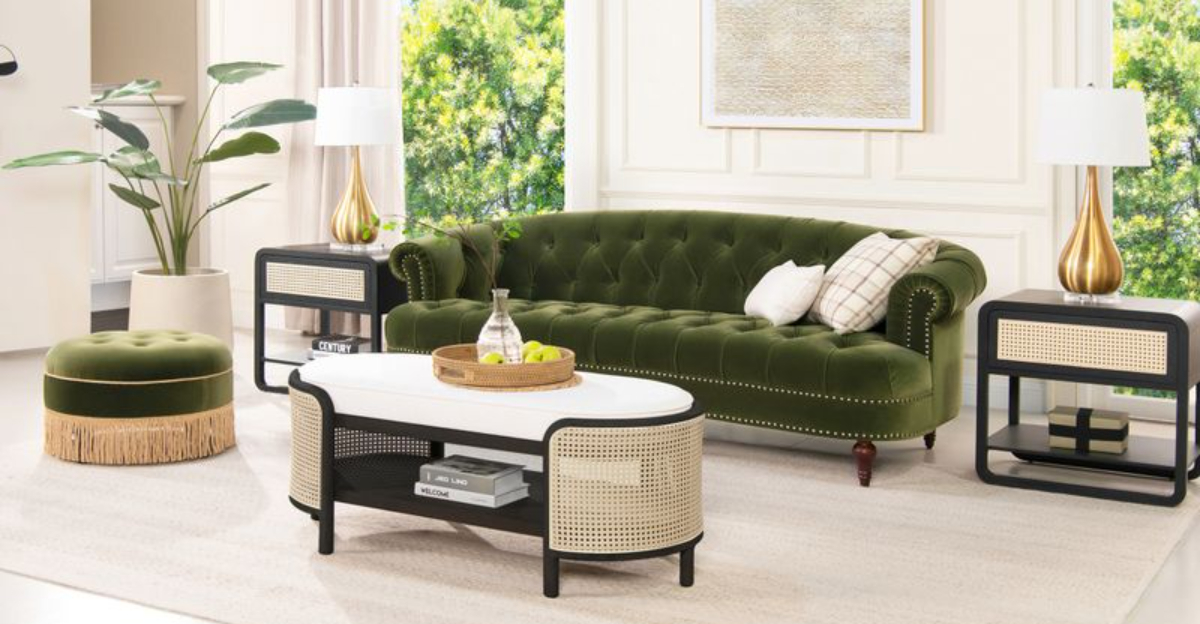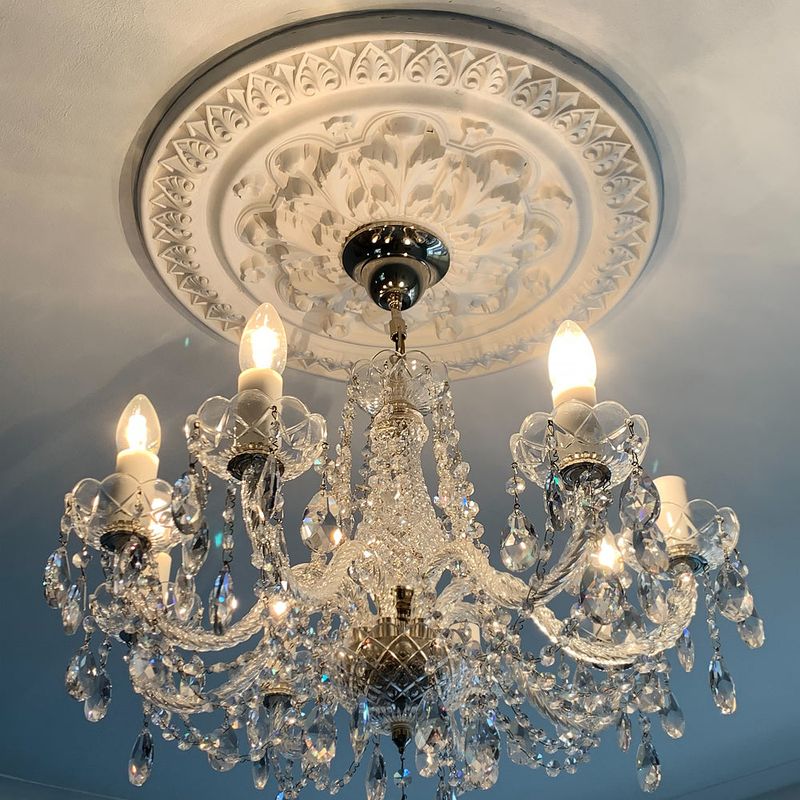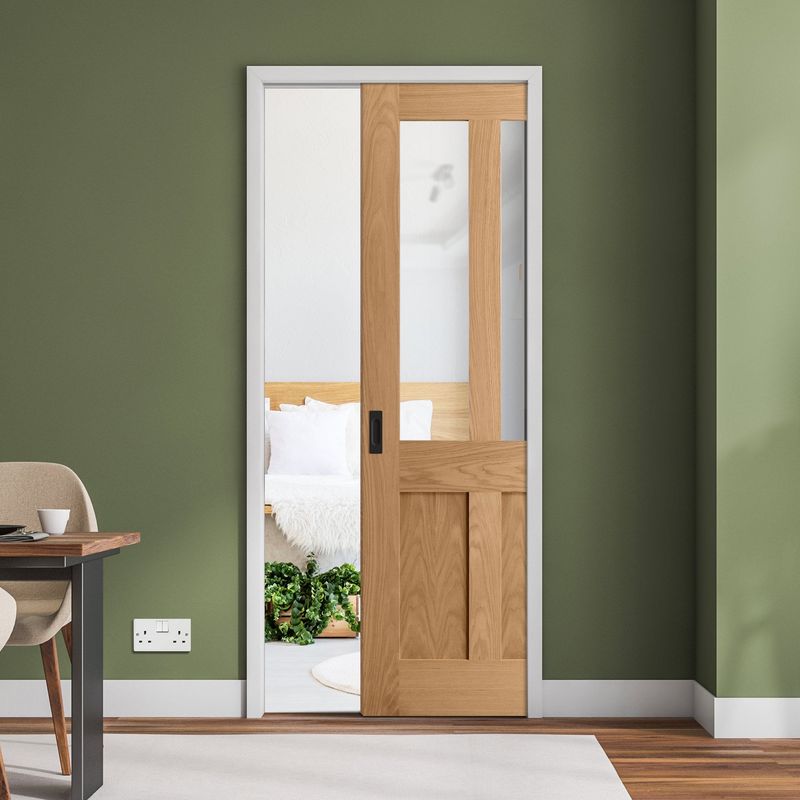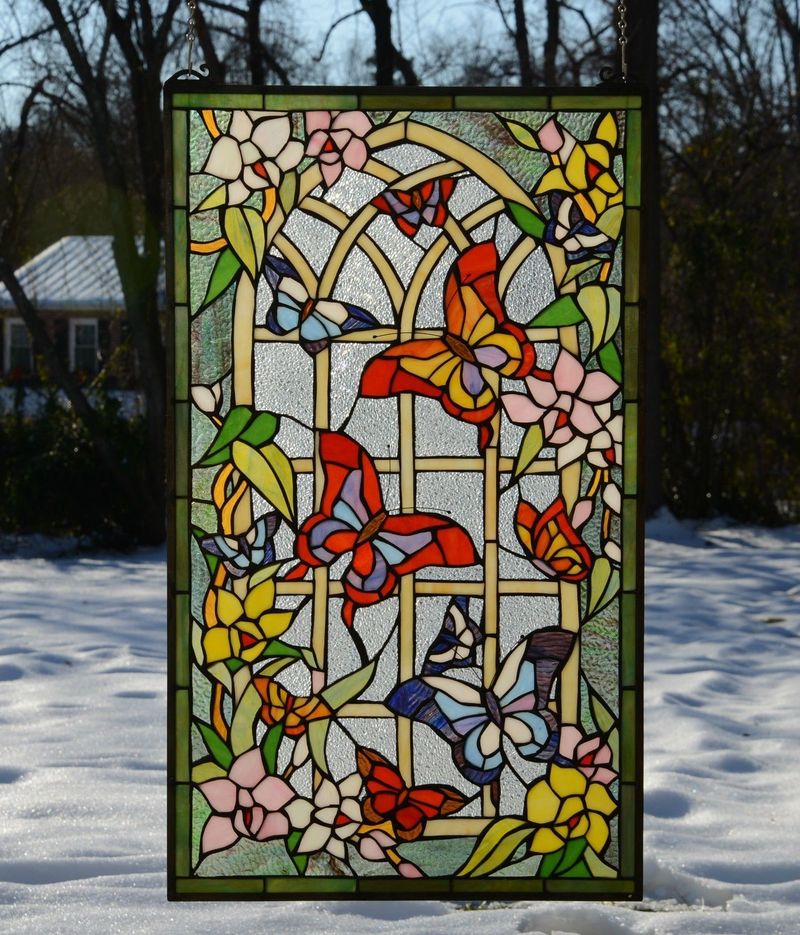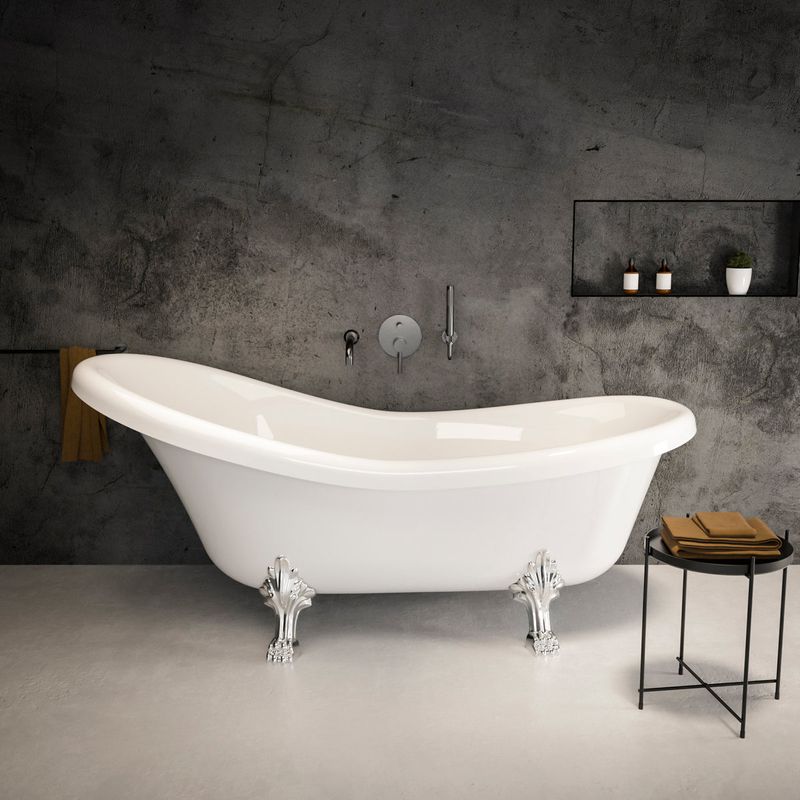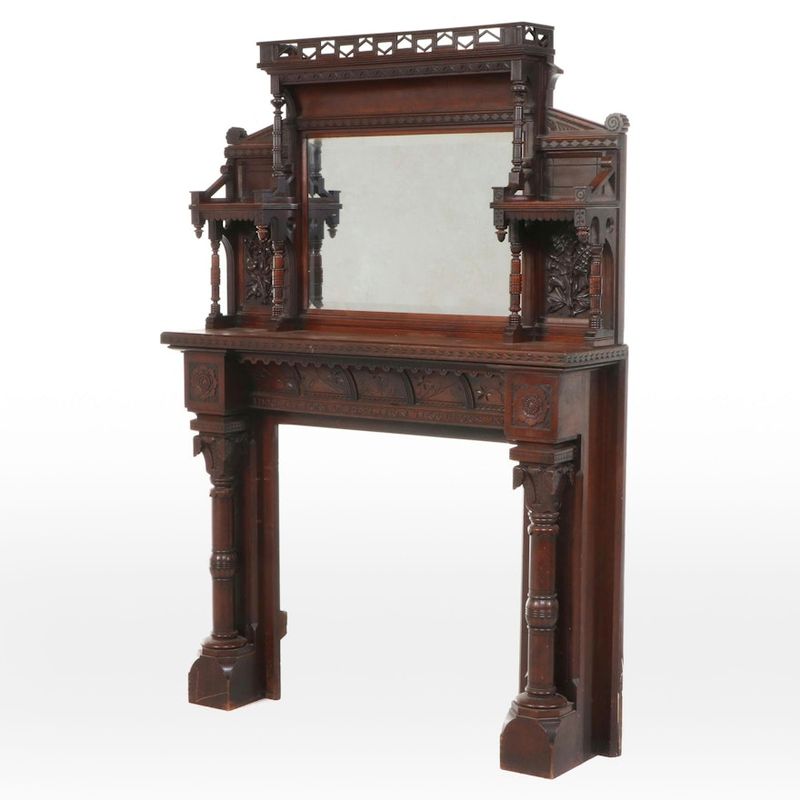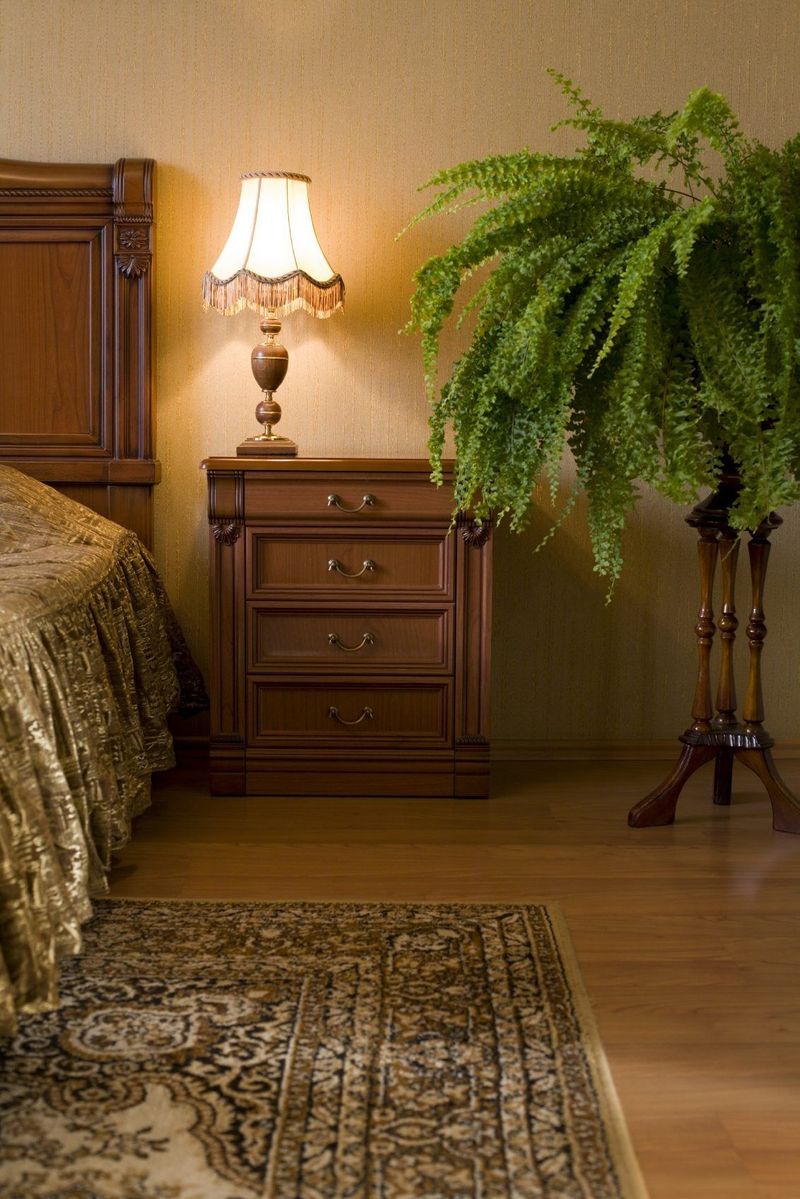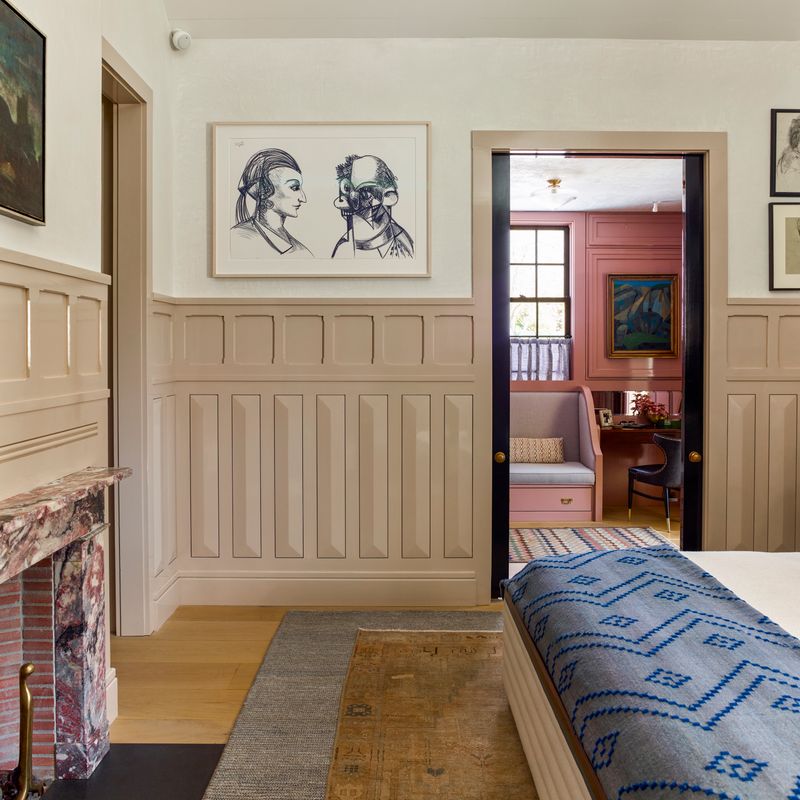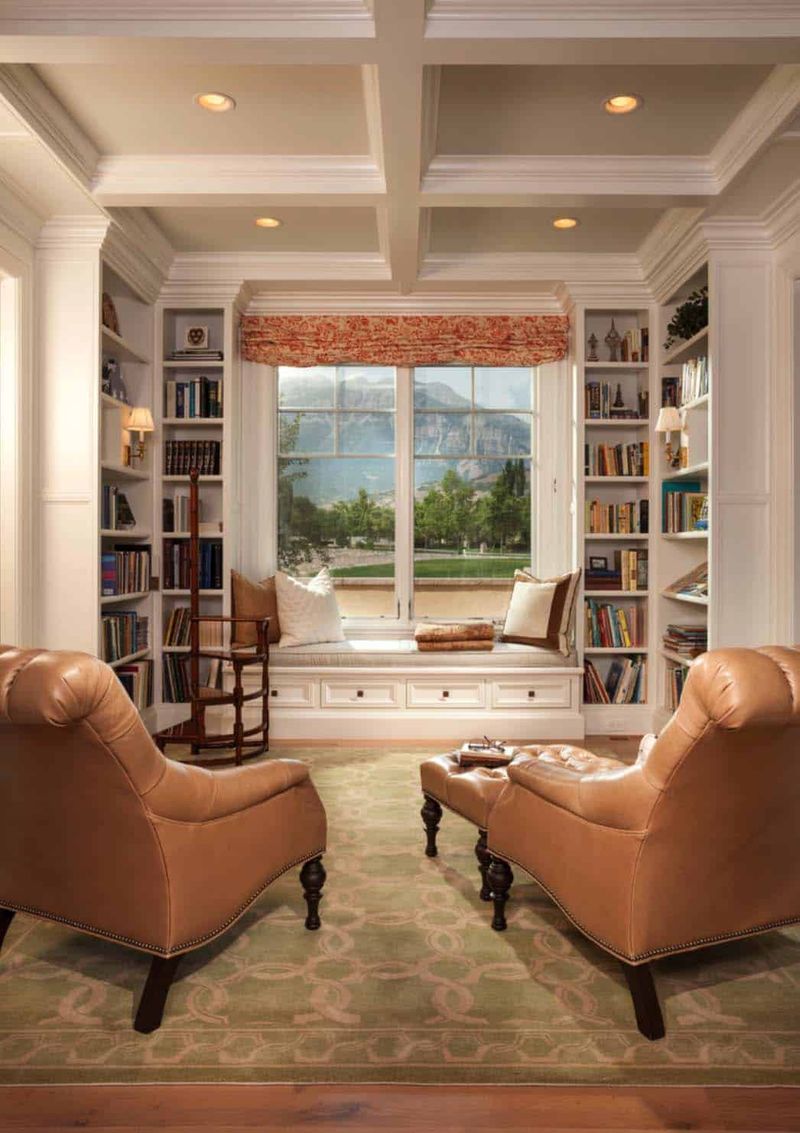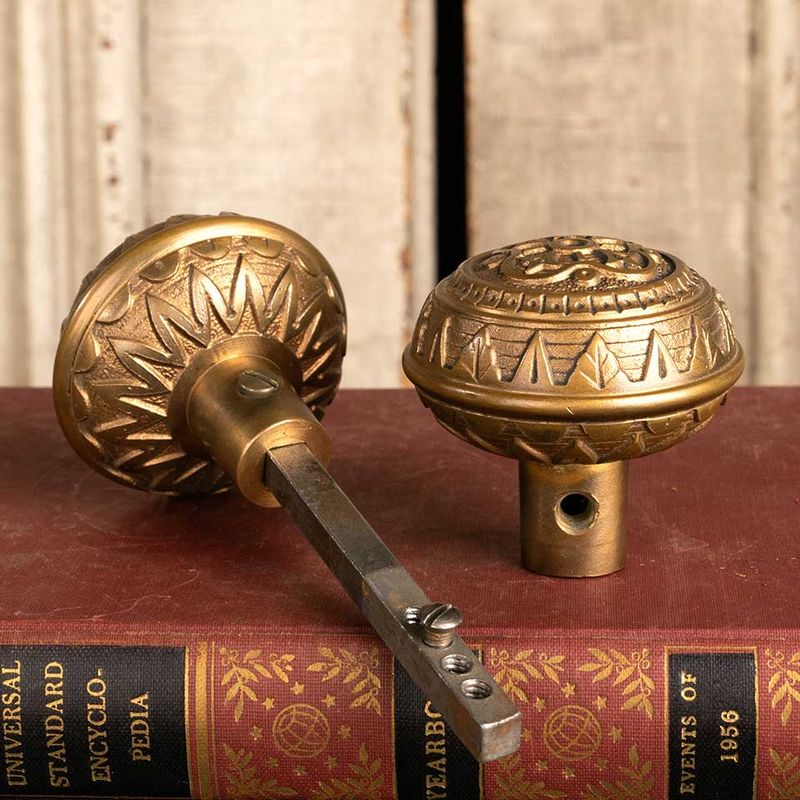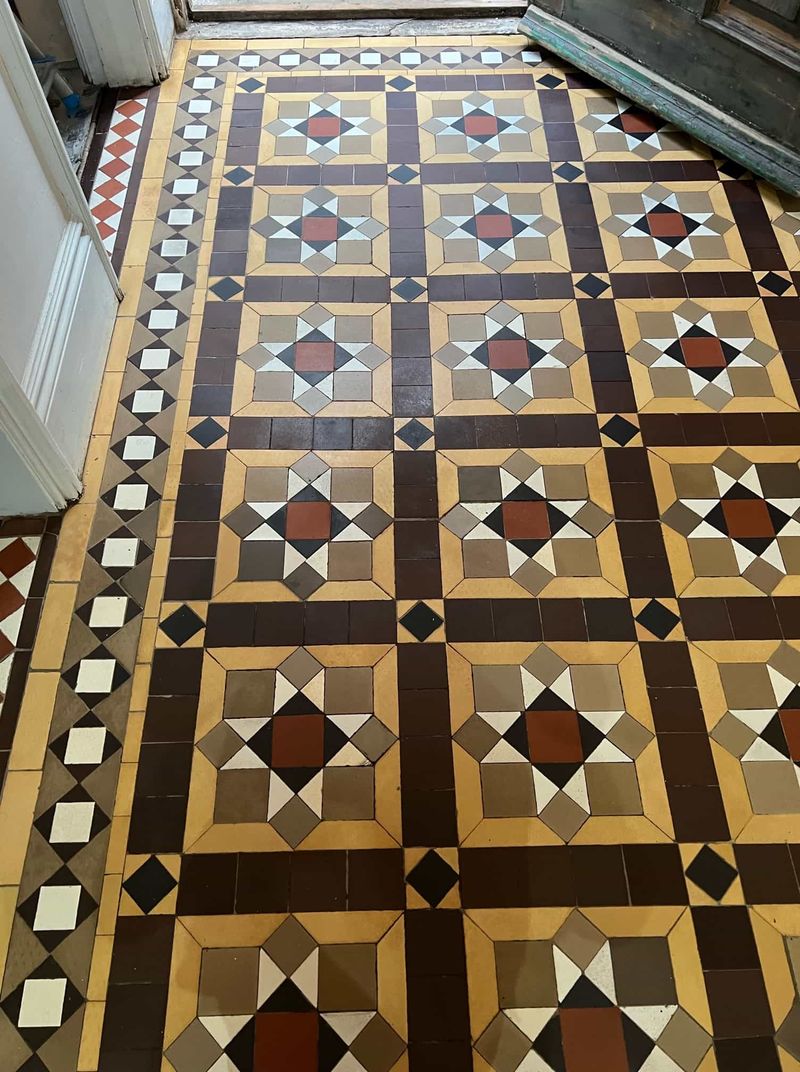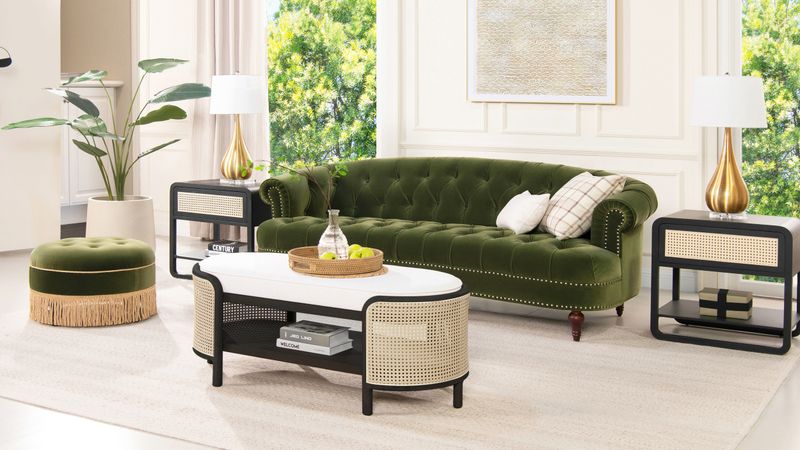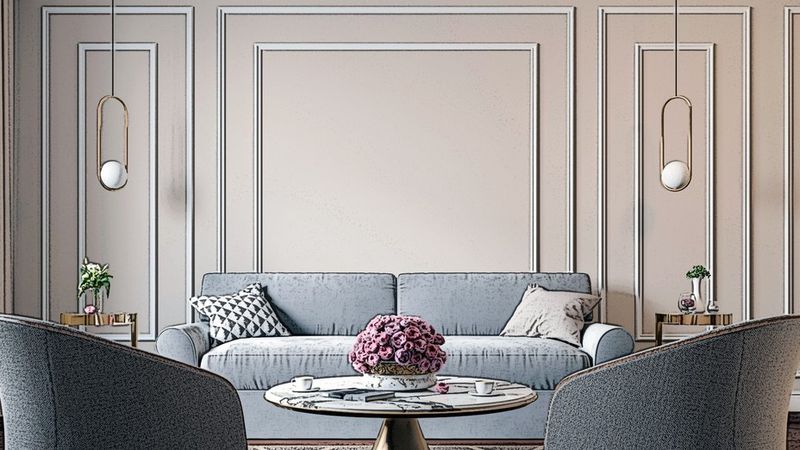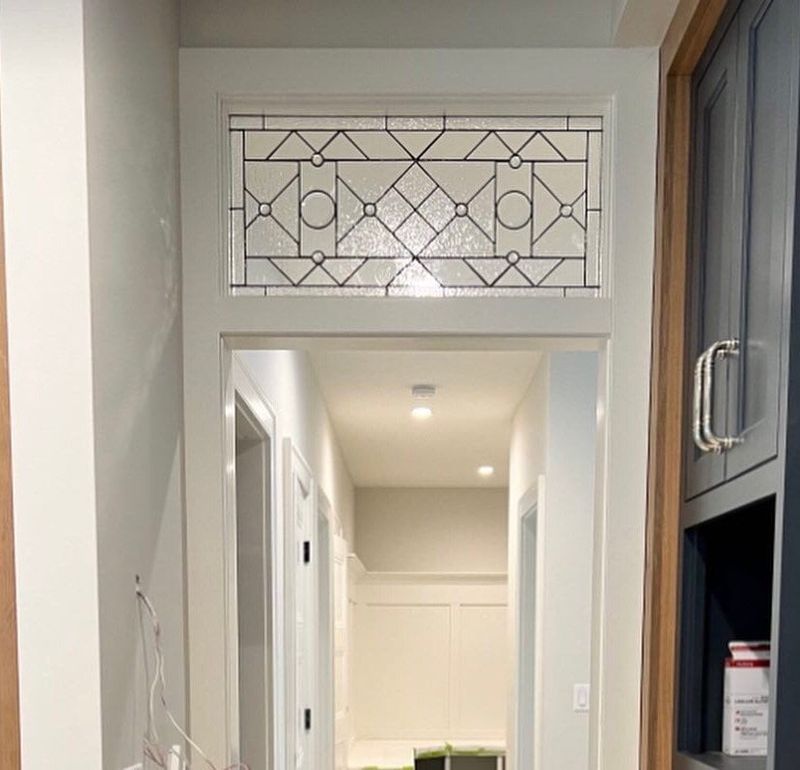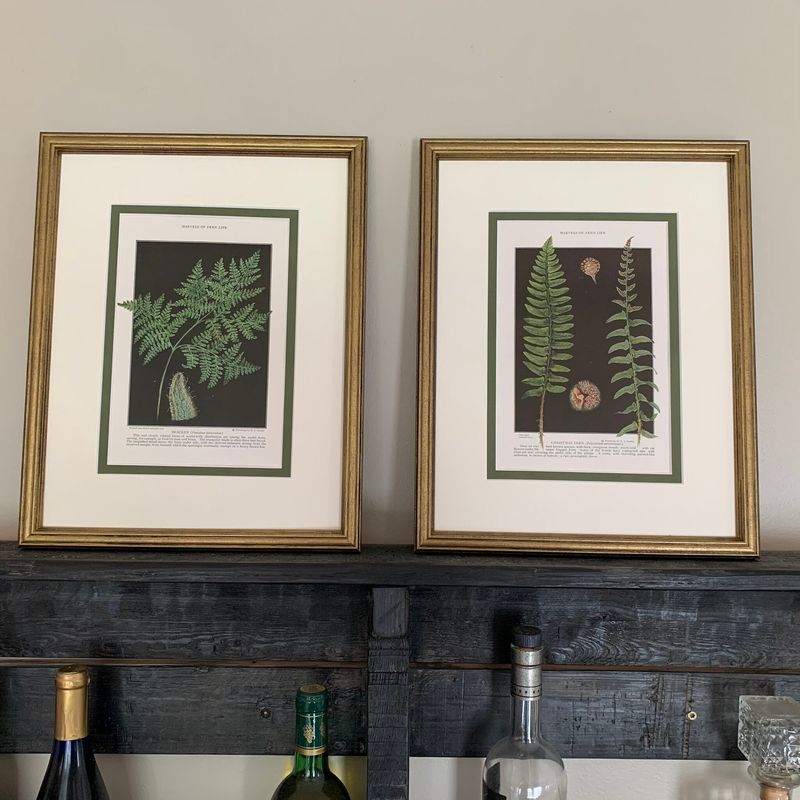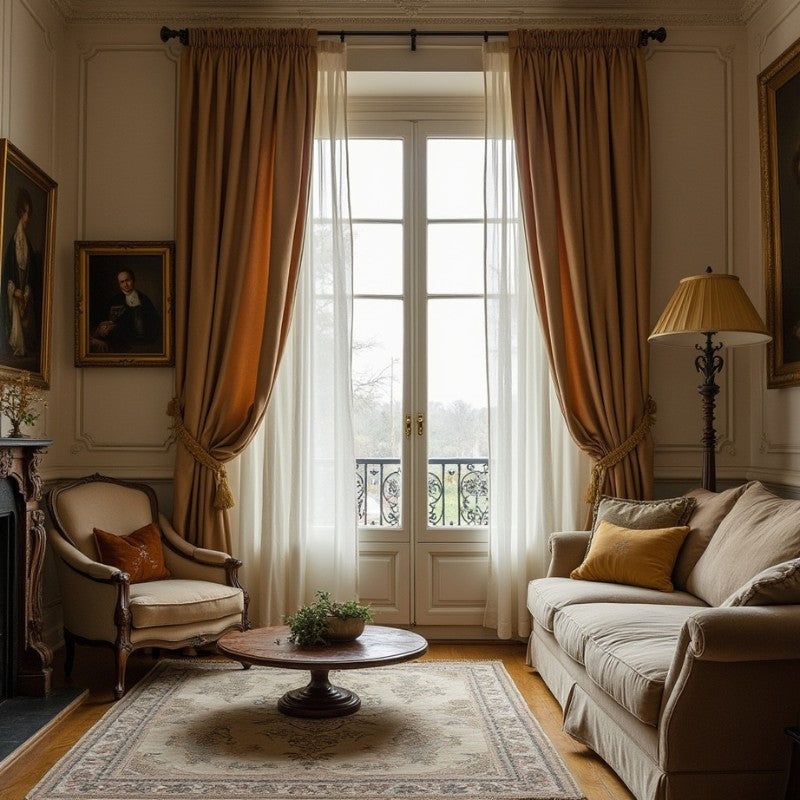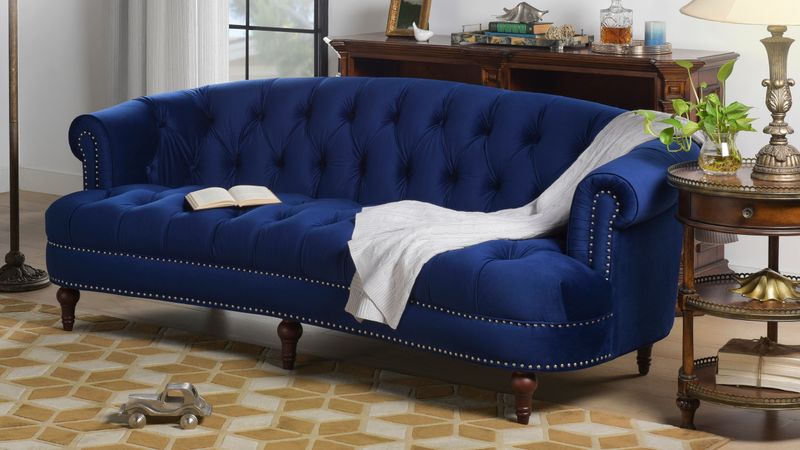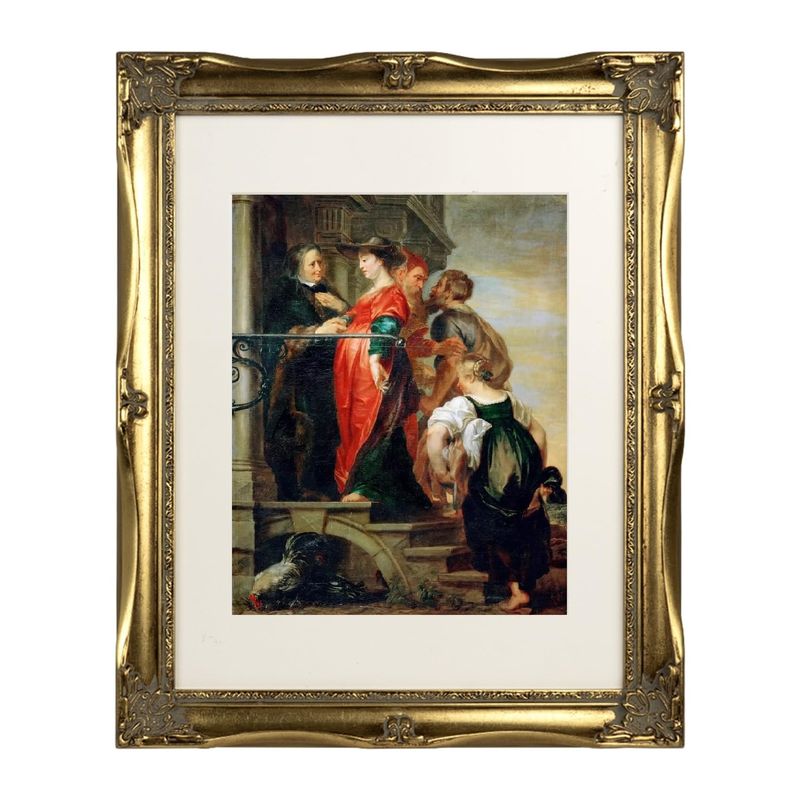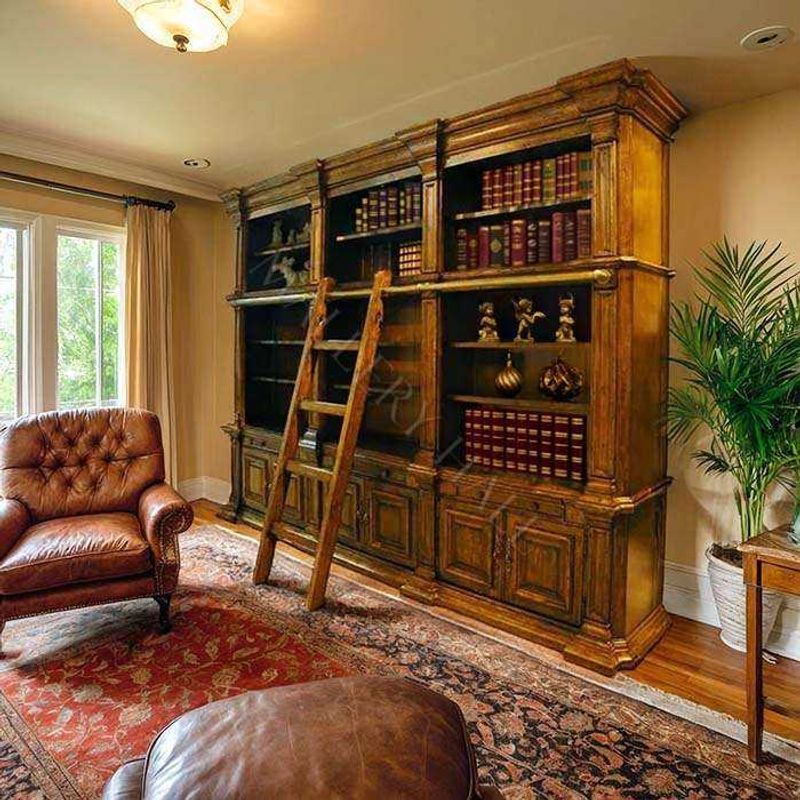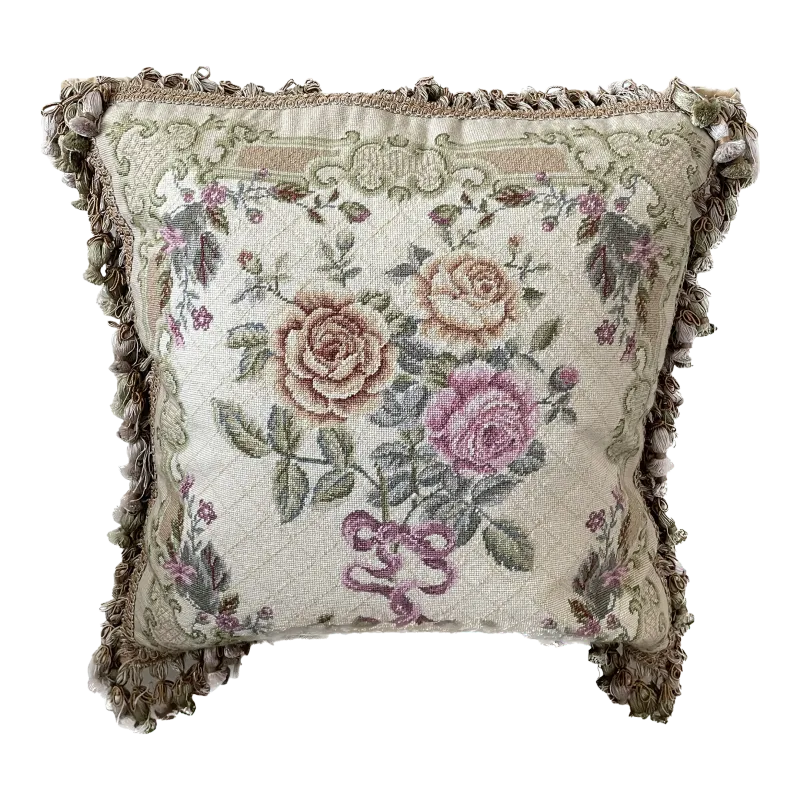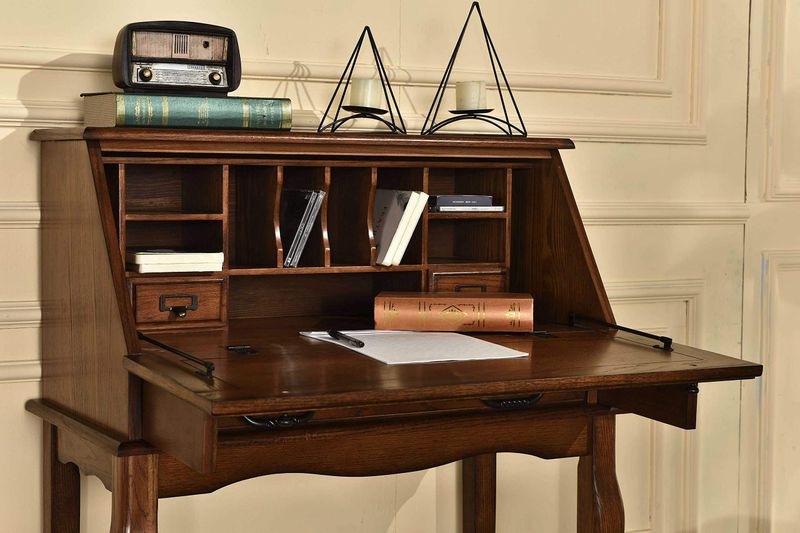Victorian interiors were anything but shy – full of rich textures, ornate details, and unapologetic elegance.
While some elements faded with the rise of minimalism, many of these historic design touches still hold incredible charm and craftsmanship. Designers are now rediscovering the beauty in decorative moldings, dramatic wallpapers, and antique finishes that bring depth and character to a space.
If your home is feeling a little too plain, it might be time to look to the past for inspiration. These 20 Victorian interior design touches are ready for a well-deserved revival.
1. Ornate Ceiling Medallions
Gazing upward in a Victorian home often revealed breathtaking plaster medallions surrounding light fixtures. These decorative elements transformed ordinary ceilings into works of art.
Unlike today’s plain ceiling boxes, medallions added architectural interest and drew the eye upward, making rooms feel more spacious and elegant. Even in modern homes, these medallions can create a stunning focal point without overwhelming contemporary décor.
2. Pocket Doors
Remember those magical sliding doors that disappeared into walls? Victorian pocket doors offered both function and beauty, allowing homeowners to create separate spaces or open rooms up for entertaining.
Often crafted from rich woods with etched glass panels, these space-saving marvels added elegance without the swing space regular doors require. Modern homes with open concepts could benefit from this flexible solution for occasional privacy.
3. Stained Glass Windows
Sunlight filtering through colored glass creates a magical atmosphere that ordinary windows simply can’t match. Victorian homes often featured these jewel-toned windows in unexpected places – stairwells, bathroom windows, and even kitchen cabinets.
Beyond their beauty, these windows provided privacy while still allowing light to enter. Incorporating small stained glass elements offers both artistic expression and practical function in contemporary spaces.
4. Freestanding Bathtubs
Long before modern spa retreats, Victorians knew the luxury of a good soak. Claw-foot tubs weren’t just functional fixtures – they were bathroom centerpieces that combined comfort with artistic design.
Cast iron covered in porcelain, these tubs retained heat beautifully while their elevated design made cleaning underneath a breeze. Modern versions come with updated plumbing but maintain that timeless silhouette that transforms an ordinary bathroom into a personal sanctuary.
5. Ornamental Fireplace Mantels
At the heart of Victorian living spaces stood elaborate fireplace mantels that framed the dancing flames. Far from simple shelves, these architectural features often showcased intricate carvings, columns, and mirrored overmantels.
Even in homes where fireplaces aren’t functional, these mantels create natural focal points and display opportunities. Salvaged mantels can be retrofitted for gas inserts or simply appreciated as sculptural elements that ground a room in historical character.
6. Parlor Palm Plants
Before air purifiers existed, Victorians filled their homes with lush greenery. The parlor palm became particularly fashionable, thriving indoors despite limited light and adding tropical elegance to formal spaces.
These low-maintenance plants survived the coal-heated air of Victorian homes, making them perfect for today’s busy households. Their feathery fronds soften architectural lines while connecting modern interiors with nature in a historically authentic way.
7. Wainscoting
Walk into any well-appointed Victorian home and you’d likely find walls adorned with wooden panels running partway up the wall. This practical feature protected walls from chair damage while adding architectural interest and warmth.
Modern versions range from traditional raised panels to simpler beadboard styles. Beyond its aesthetic appeal, wainscoting adds insulation and can hide imperfections in older walls, making it both beautiful and functional for contemporary homes seeking character.
8. Conversation Nooks
Tucked into bay windows or corner spaces, Victorian conversation nooks created intimate gathering spots within larger rooms. These cozy alcoves encouraged face-to-face interaction long before smartphones competed for attention.
With built-in seating and often surrounded by bookshelves, these spaces maximized awkward architectural features. Creating a designated spot for connection feels especially relevant in today’s technology-driven homes, offering a deliberate space to unplug and engage.
9. Vintage Hardware
Humble doorknobs and hinges became miniature sculptures in Victorian homes. Crafted from brass, bronze, or crystal, these functional elements elevated everyday interactions with their intricate patterns and substantial feel.
Unlike today’s mass-produced hardware, these pieces were designed to improve with age and handling. Swapping out basic modern hardware for salvaged or reproduction Victorian pieces instantly adds character to doors, cabinets, and furniture while providing a tactile connection to craftsmanship of the past.
10. Patterned Tile Floors
Step into a Victorian entryway and you’d likely find yourself standing on a geometric masterpiece. Encaustic cement tiles with bold patterns created durable yet beautiful floors that set the tone for the entire home.
These tiles withstood decades of foot traffic while maintaining their rich colors and patterns. Modern reproductions offer the same visual impact with improved materials, perfect for high-traffic areas like entryways, bathrooms, and kitchen backsplashes where personality meets practicality.
11. Velvet Upholstery
Running your hand across sumptuous velvet was once a standard pleasure in Victorian sitting rooms. This luxurious fabric added depth, color, and tactile interest to formal spaces, inviting both visual and physical interaction.
Today’s performance velvets offer the same rich appearance with improved durability and stain resistance. Even a single velvet piece – perhaps an emerald green armchair or navy sofa – can anchor a room and provide that perfect balance of historical reference and contemporary comfort.
12. Decorative Moldings
Victorian rooms were framed by layers of architectural detail – crown moldings, picture rails, and decorative trim that added visual interest to walls and ceilings. These weren’t just decorative; they served practical purposes like hanging artwork without damaging plaster walls.
Far from fussy, these architectural elements create visual frameworks that help define spaces. Even in minimalist settings, simple moldings add subtle sophistication and can visually correct room proportions while connecting spaces with cohesive detailing.
13. Transom Windows
Perched above doorways, these practical windows allowed air circulation while maintaining privacy in Victorian homes before air conditioning existed. Often featuring stained or etched glass, transoms added architectural interest while serving crucial ventilation functions.
In modern homes, these windows can improve natural light flow between rooms even when doors are closed. Fixed glass versions maintain the visual appeal while eliminating drafts, perfect for interior doors where light transfer is desired but sound separation is needed.
14. Fern Prints and Botanicals
During the Victorian era, nature study became a popular pastime, inspiring beautiful botanical illustrations that adorned home walls. Detailed fern prints, flower studies, and botanical classifications brought the outdoors inside with scientific precision and artistic flair.
These vintage-inspired artworks connect perfectly with today’s renewed interest in houseplants and nature. Grouped together, botanical prints create impactful gallery walls that feel both historically appropriate and thoroughly modern in their celebration of natural forms.
15. Layered Window Treatments
Victorian windows rarely stood naked – they were dressed in multiple layers that controlled light, maintained privacy, and added considerable drama to rooms. Combinations of sheers, heavier drapes, valances, and sometimes shutters created flexible systems for managing natural light.
While minimalist design has favored bare windows, layered treatments offer better temperature control and acoustic benefits. Modern interpretations might pair simple linen sheers with more substantial side panels for a less fussy approach that maintains functionality.
16. Button-Tufted Furniture
Nothing says Victorian comfort quite like deep button tufting that creates those distinctive diamond patterns on upholstery. This technique wasn’t just decorative – it helped secure stuffing in place for longer-lasting furniture in an era before synthetic foams.
Beyond its practical origins, tufting creates visual rhythm and tactile interest. Contemporary versions in unexpected fabrics or colors maintain the craftsmanship while updating the look, perfect for adding texture and dimension to modern spaces that might otherwise feel flat.
17. Ornate Picture Frames
Artwork in Victorian homes wasn’t simply hung – it was presented in elaborate frames that were artworks themselves. Gold-leafed, carved wooden frames elevated even simple prints and family portraits into important visual statements.
Using statement frames selectively in contemporary spaces creates instant focal points. A single ornate frame surrounding modern photography or abstract art creates compelling tension between old and new. These frames add warmth and character without requiring major renovations.
18. Library Ladders
For book lovers, few pieces capture imagination like rolling library ladders that provided access to high shelves while adding romantic charm to home libraries. These functional sculptures celebrated knowledge while making efficient use of vertical space.
Modern versions can be installed in kitchens to reach upper cabinets or in home offices for storage access. Beyond their practical use, these ladders add architectural interest and a sense of old-world sophistication to contemporary spaces.
19. Fringe and Tassels
Victorian rooms embraced decorative details like tassels, fringe, and passementerie that added movement and textural interest to furnishings. These finishing touches transformed plain items into statement pieces through their intricate handwork.
While excessive trim feels fussy, judicious use of these elements adds personality to contemporary spaces. A simple throw pillow with tassel corners or a lamp with a delicate fringe instantly communicates attention to detail and elevates ordinary objects into conversation pieces.
20. Secretary Desks
Before dedicated home offices existed, Victorians relied on ingenious secretary desks that combined workspace with storage in relatively compact footprints. These versatile pieces featured fold-down writing surfaces and numerous cubbies for organizing correspondence.
Perfect for today’s multifunctional homes, these desks provide dedicated workspace that can be closed away when not in use. Modern interpretations maintain the functionality while simplifying ornate details, creating practical solutions for laptops and devices in living areas.

